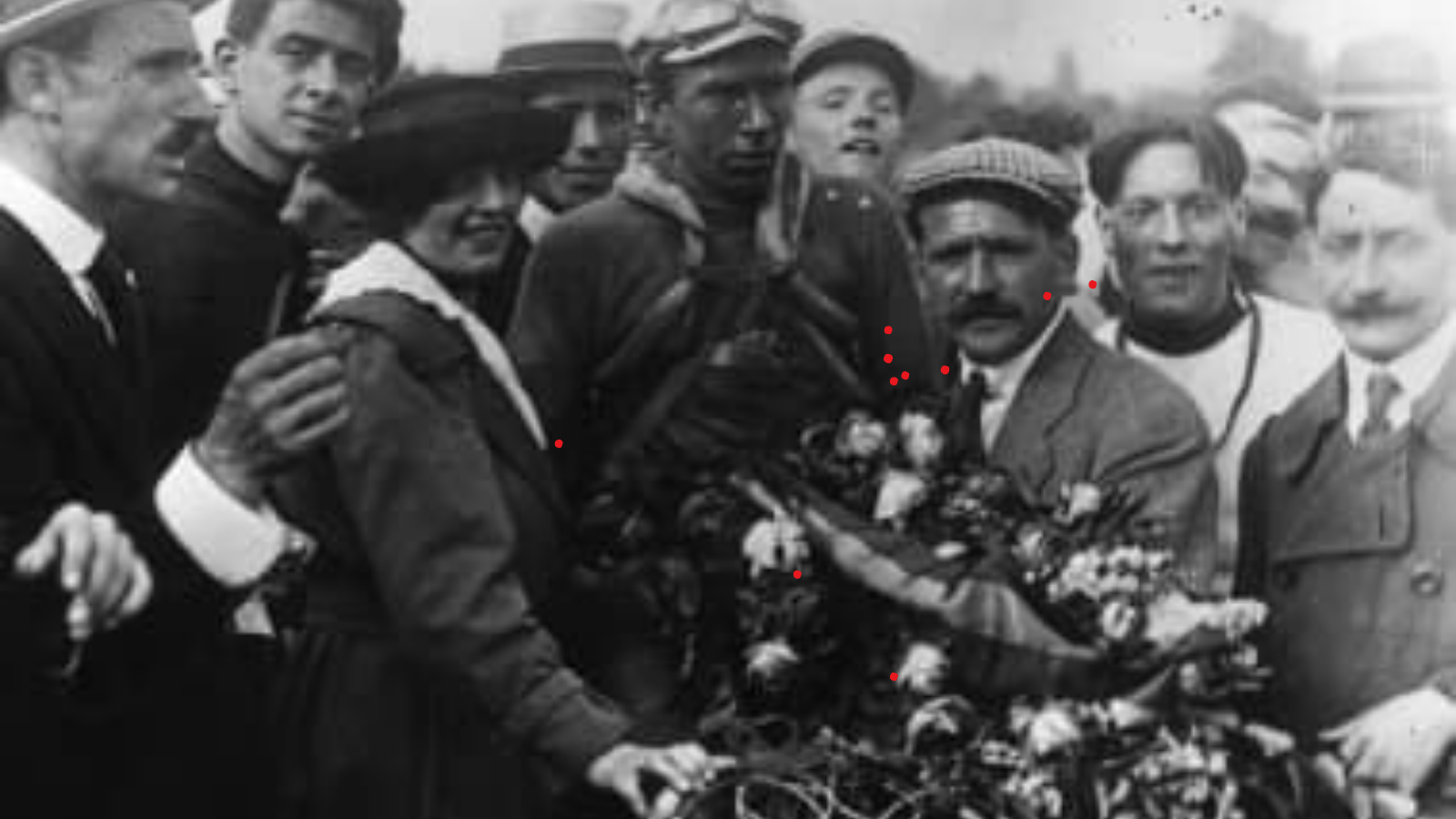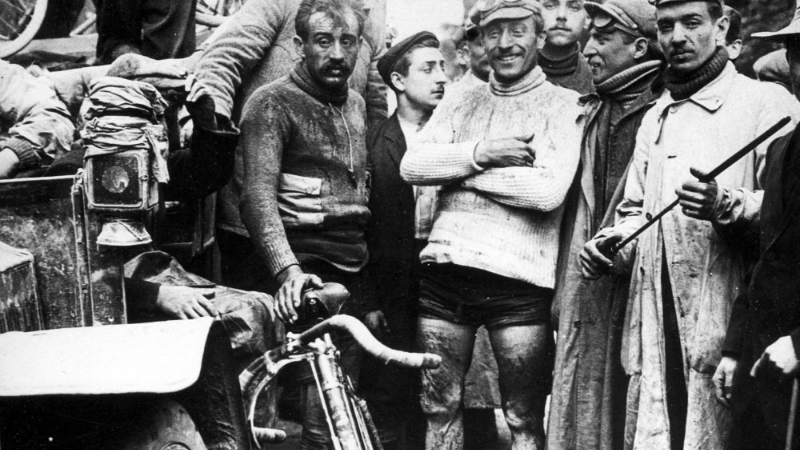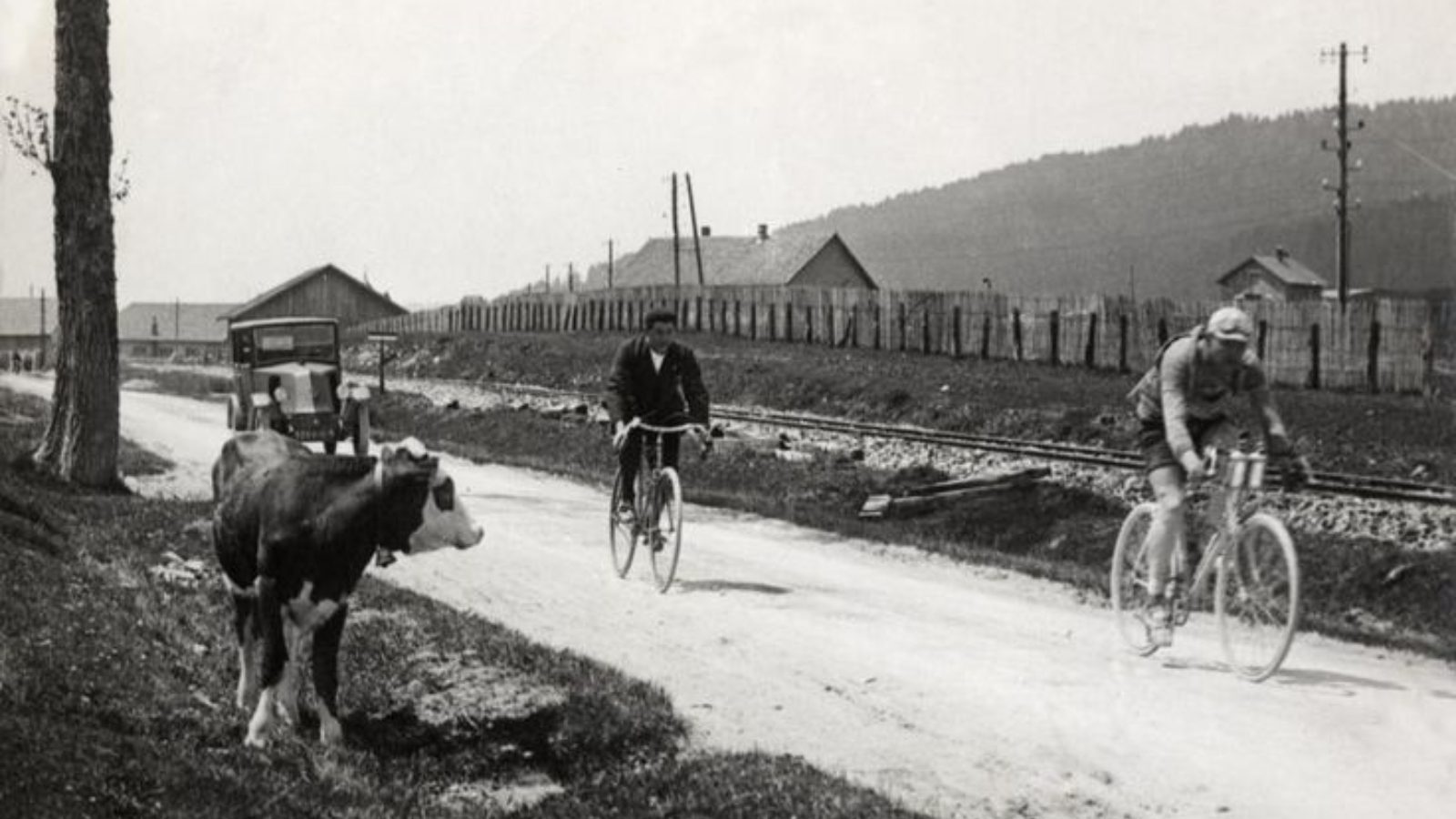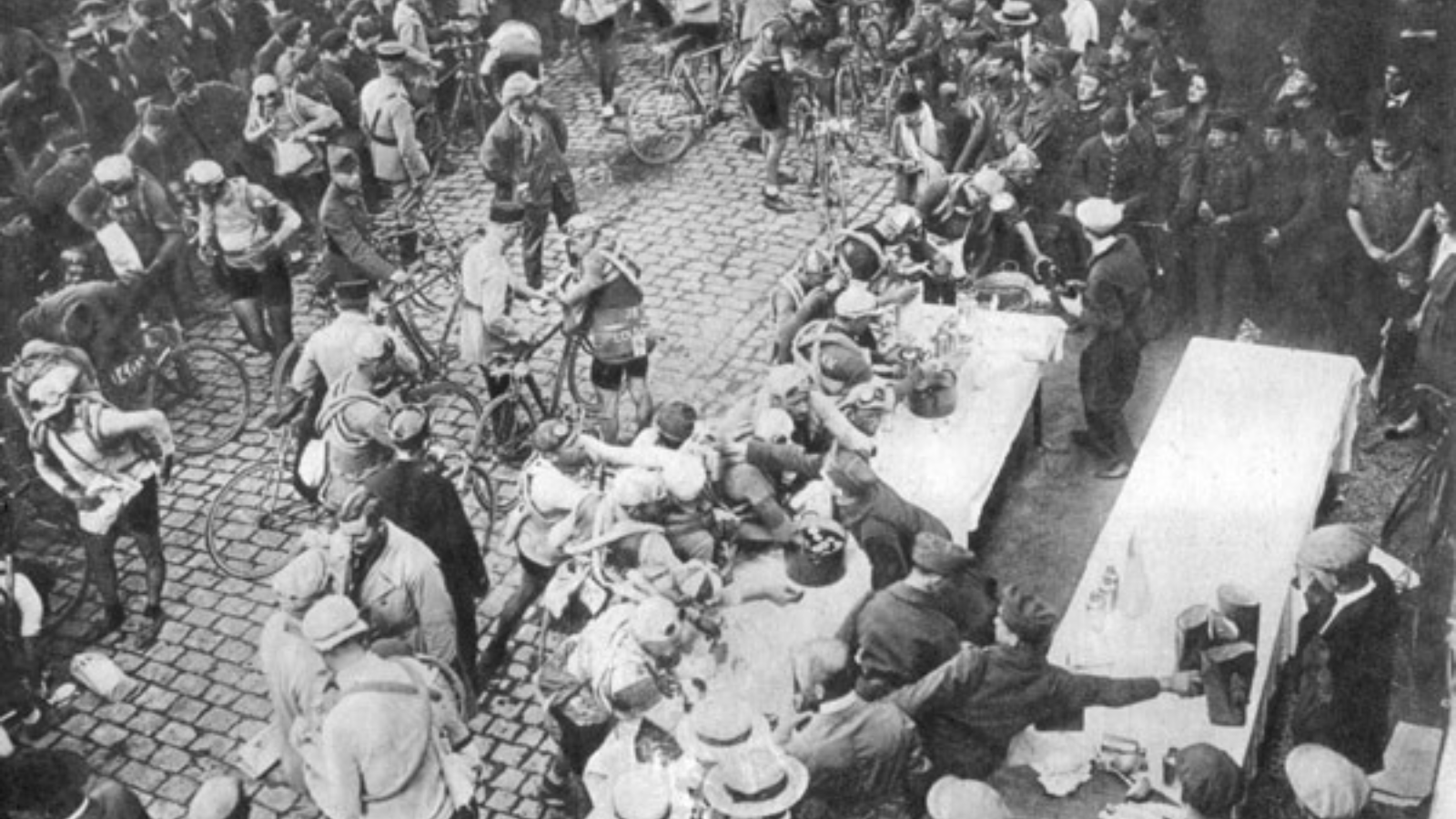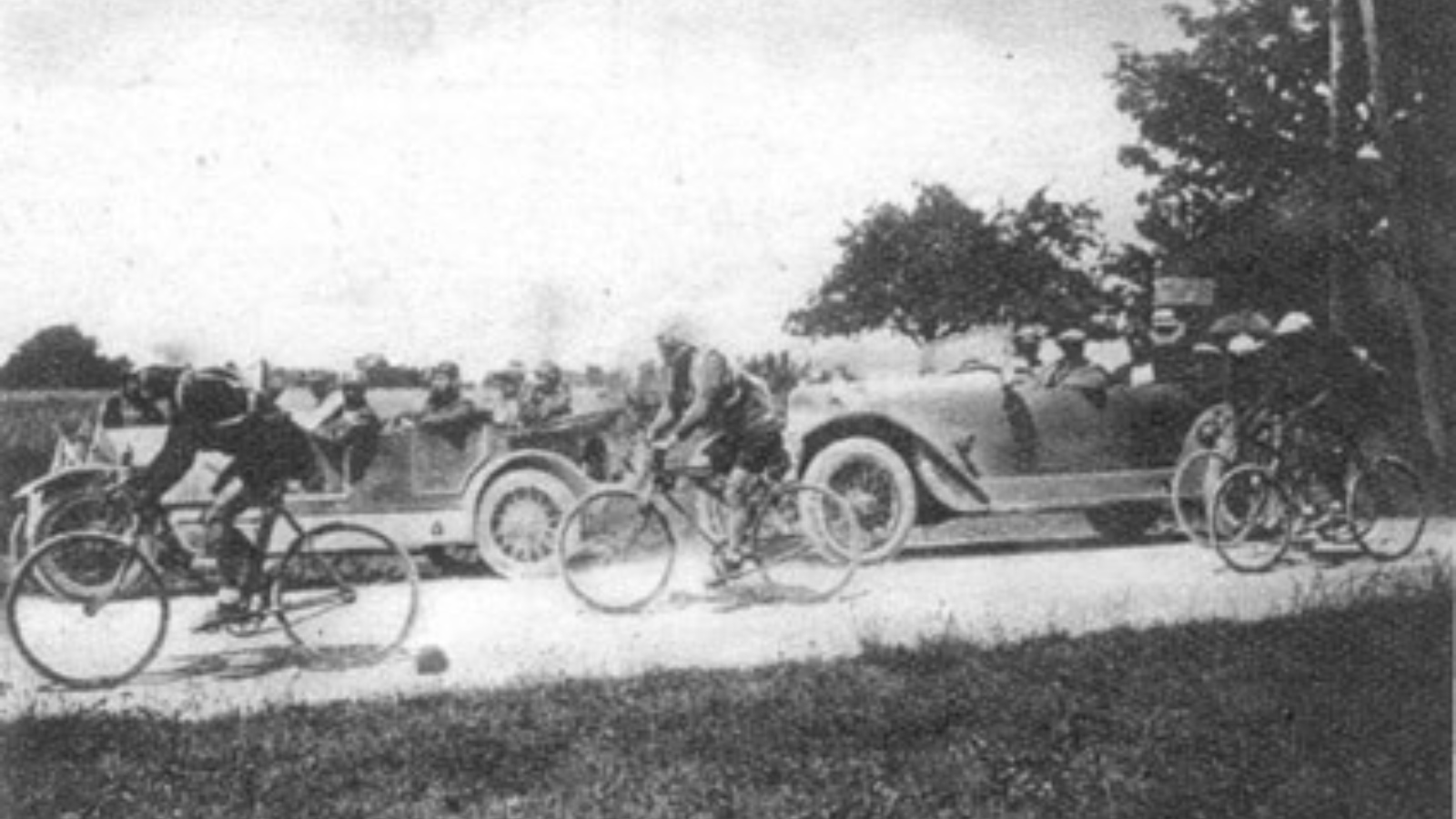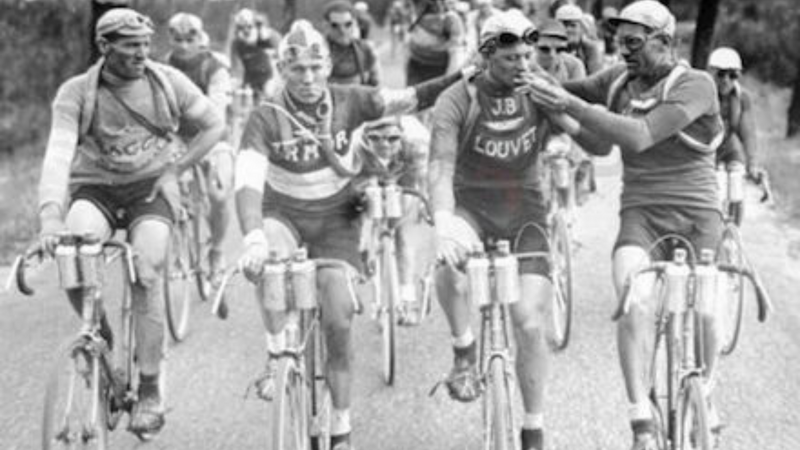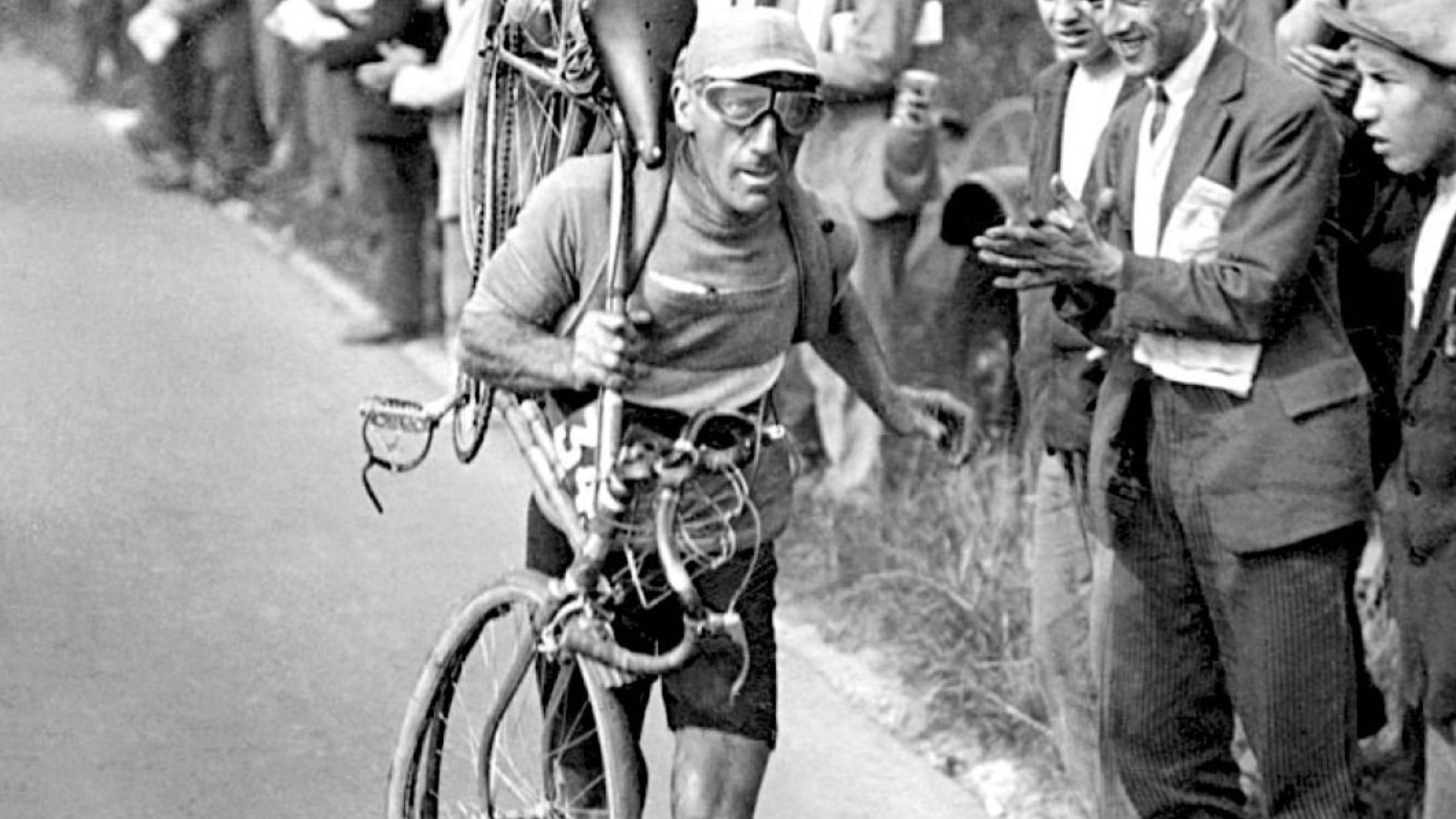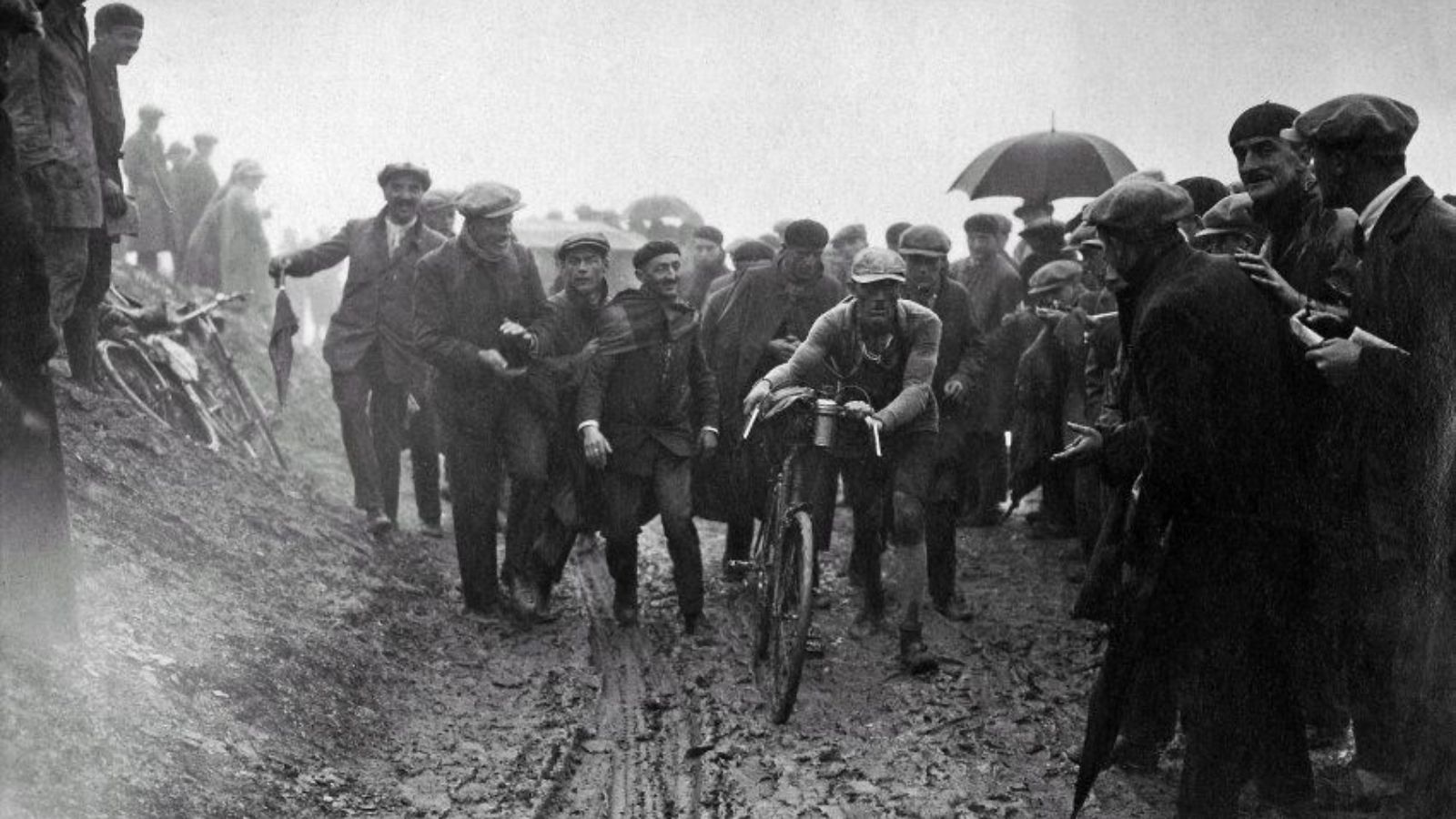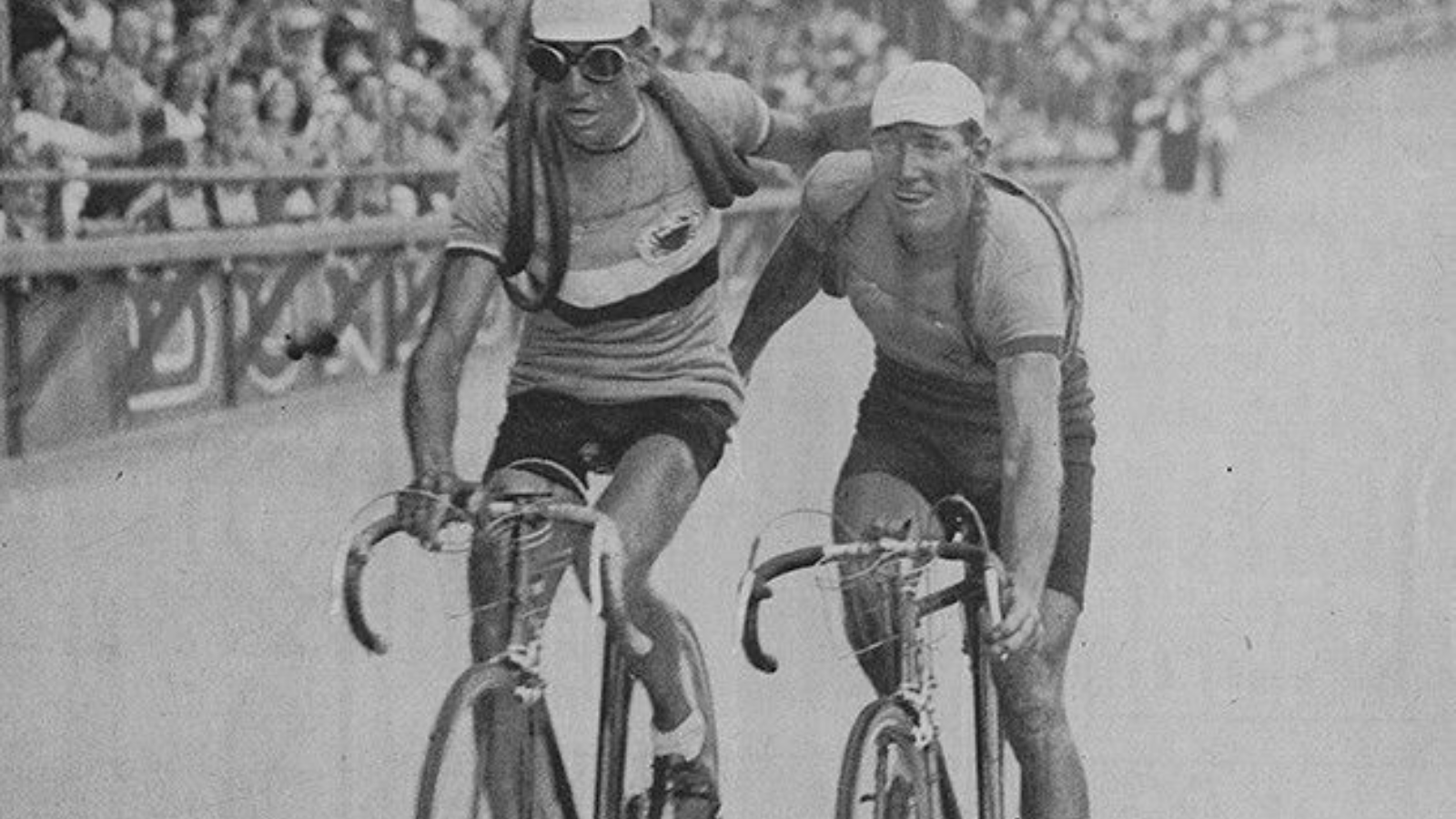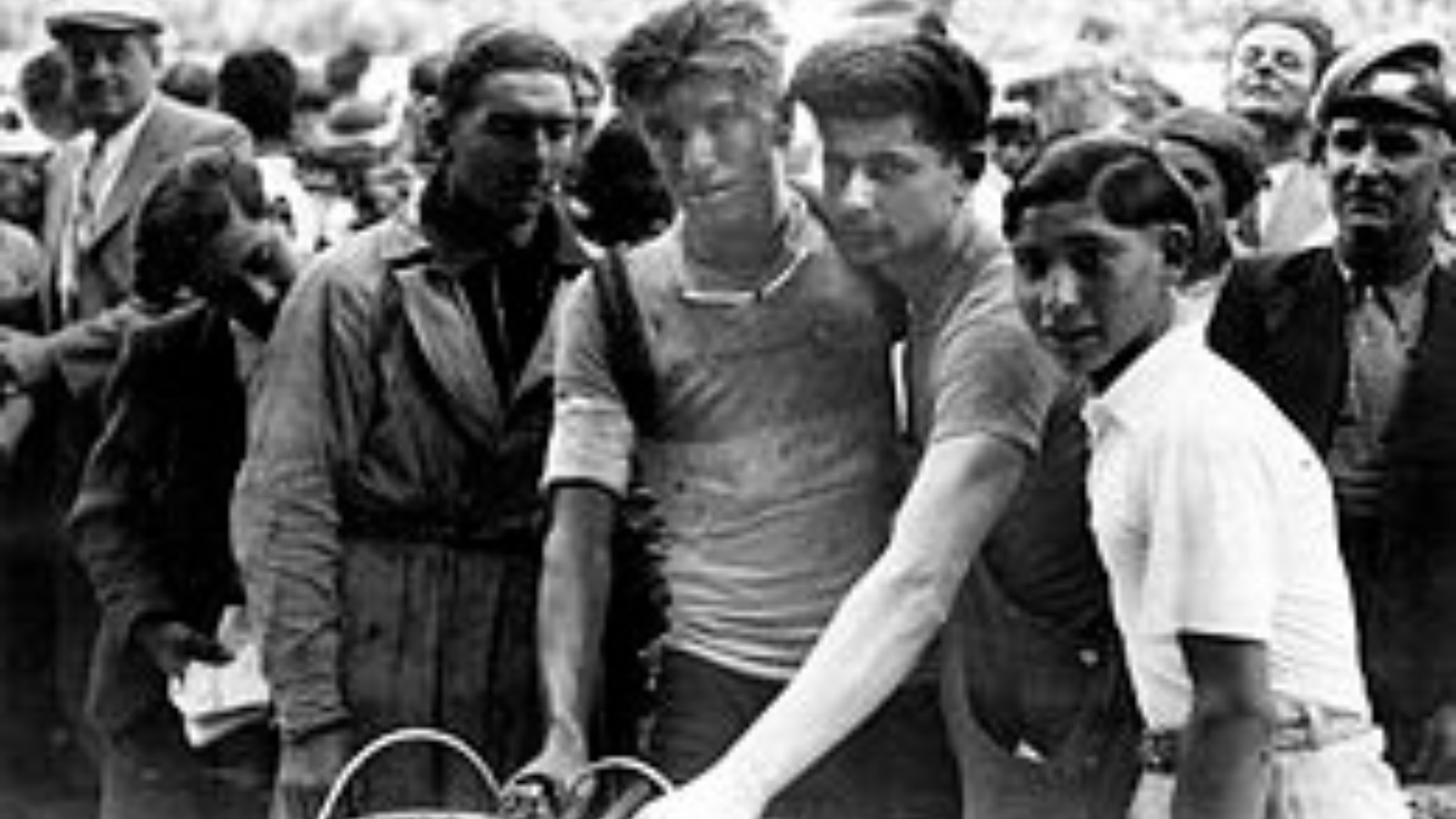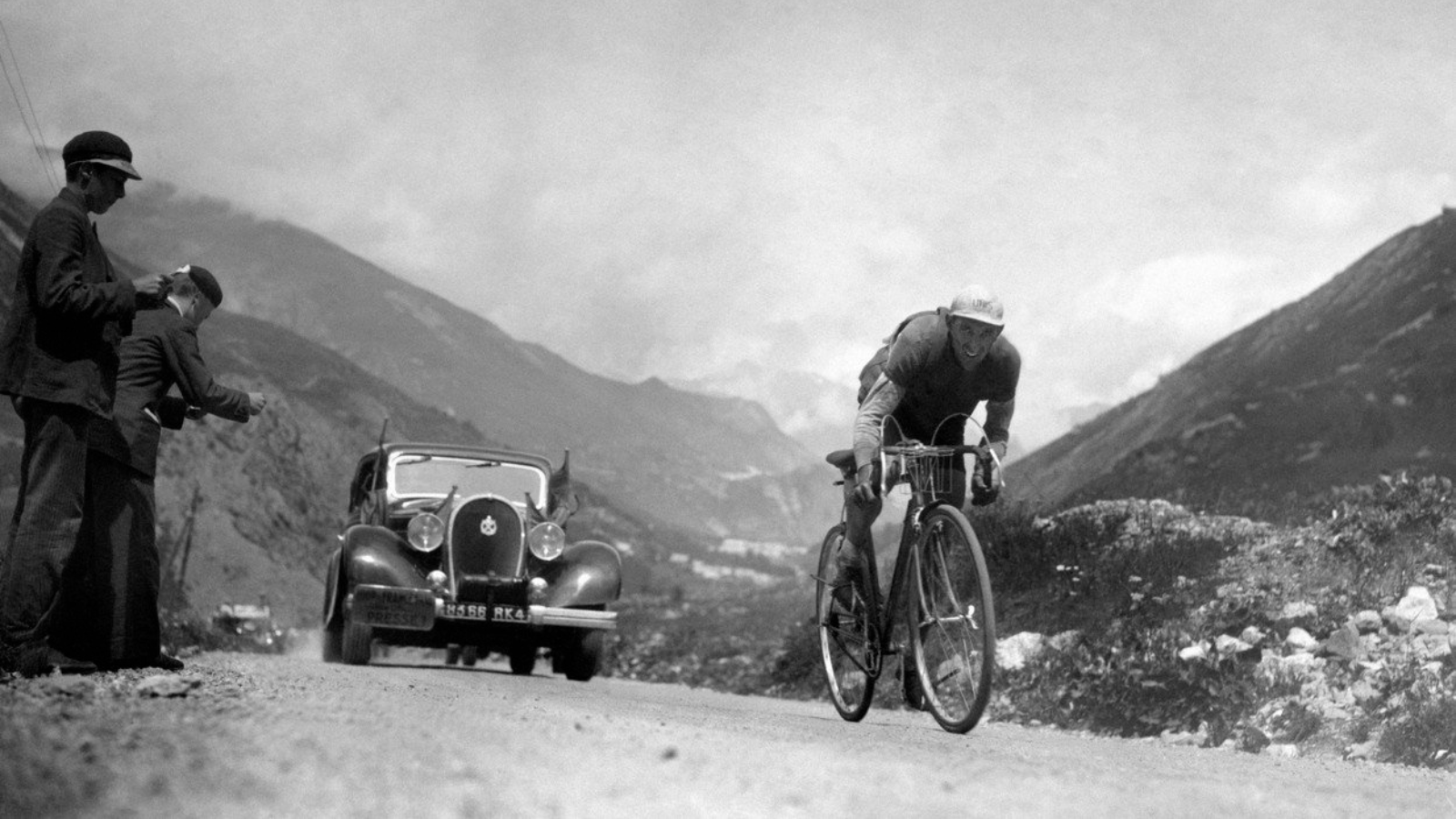The 13th Tour de France, held between 29 June and 27 July was the first edition after First World War.
The yellow jersey was introduced during this edition of Tour de France. Most of the cyclists were racing in grey jersey, thus there must have been something, a colorful jersey for example, to distinguish the leader of the general classification from others. Eugéne Christophe was the first cyclist to wear the yellow jersey, being the leader of the general classification after the 10th stage.
The 5560 km long route of Tour de France 1919 was the longest one at that time. (Only the race held in 1926 was longer).
With its 24,056 km/h average speed, the 13th Tour de France was the slowest ever edition. No wonder, it was only 8 month after the war has ended, mostly older riders, who had an active career before the war already, participated. Nobody ha proper training before the race .
Only 10 cyclists finished the race. This is the lowest number in the history of Tour de France.
MORE 5 FACTS ABOUT…
5 facts about Tour de France 1903
The first Tour de France started at 3 pm on the 1st of July in 1903 from the Café au Reveil Matin (Paris).
5 facts about Tour de France 1926
The 20th Tour de France, held between 20th June and 18th July 1926, was the longest edition of the race ever: a total of 5745 km long course was divided into 17 stages. Since the creation of Tour de France in 1903, the race always started from Paris (more precisely from one of its … Read more
5 facts about Tour de France 1925
After the quarell between Henri Desgrange and Henri Pelissier last year, a new rule was made, that any rider that harmed the Tour’s image would be banned for the next years. Team Automoto had a really strong line-up: Ottavio Bottecchia (Tour de France winner 1924 and 1925) , Philippe Thys (Tour de France winner 1913,1914,1920) … Read more
5 facts about Tour de France 1924
Ottavio Bottecchia became the first Italian cyclist to win Tour de France. Also, he was the first rider to take the yellow jersey on the first day and to keep it until Paris. (Leading the race from the very first day was not a novelty, it happened at the very first Tour de France already. … Read more
PelotonTales blog focuses on the history of road cycling races, especially on events held in the first part of the 20th century. If you like the stories from the good old days of road cycling, surely you'll find some intereting stuff to read. Here aresome suggestions.
TOUR DE FRANCE IN THE 1920S
Who were the smoking cyclists at Tour de France 1927
The smoking cyclists of Tour de France 1927 is one of the most famous vintage cycling images from the heydays of road cycling races. It’s popular because it conveys a certain aspect of the many differences between our time and the life hundred years ago. The dissonance between our 21st-centurian knowledge that smoking is very … Read more
Faces from the peloton: Victor Fontan (1892-1982)
A cyclist running while carrying his bike on his shoulder. Surely, you’ve seen this vintage cycling image several times. Now it’s time to learn a bit more about the protagonist of the picture. Victor Fontan (1892-1982) in the Faces from the peloton series of PelotonTales blog. A local rider World War I (as did World … Read more
The toughest Tour de France stage ever
The 10th stage of Tour de France 1926 is often dubbed as the toughest stage ever in the history of the race. The 326 km long route between Bayonne and Luchon on the 6th July 1926 went down in history also as one of the most chaotic ones thanks to the extreme weather conditions in … Read more
TOUR DE FRANCE IN THE 1930S
André Leducq and Antonin Magne crossing the finish line together (Tour de France 1938)
Before Greg LeMond and Bernard Hinault on the top of Alpe d’Huez, there were André Leducq and Antonin Magne in Paris. Two dominant French riders from the first part of the 1930s, both Leducq (1930 and 1932) and Magne (1931 and 1934) won the Tour de France twice. In the very last stage of Tour … Read more
Faces from the Peloton: Theo Middelkamp (1914-2005)
You would never guess in what kind of stage the first Dutch Tour de France stage winner, Theo (Theofiel) Middelkamp (1914-2005) gained his victory. In a mountain stage in the Alps, including Télégraphe, Galibier and Lautaret. Considering that even in the early 1950s, when Wim van Est, the first Dutch cyclist to wear the yellow … Read more
Fédérico Ezquerra on the Galibier (Tour de France 1936)
Col du Galibier was part of the 7th stage alongside with Thélégraphe and Lautaret at the Tour de France in 1936. (Usually, when the peloton climbs Galibier, they climb also Thélégraphe and Lautaret.) The 230 km long stage ended in Grenoble (hilltop finishes were introduced to Tour de France only in 1952), and a whole … Read more
